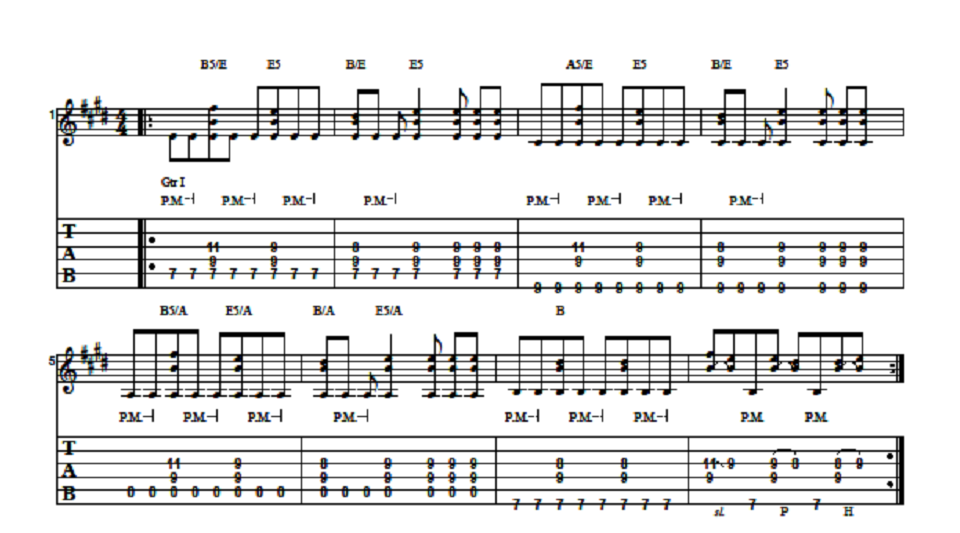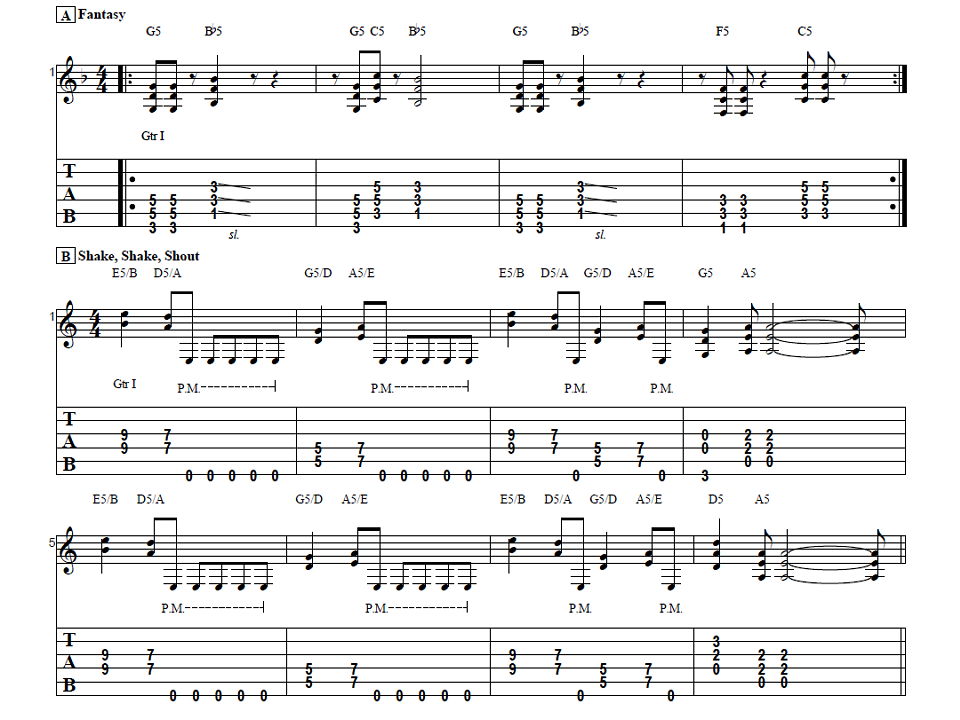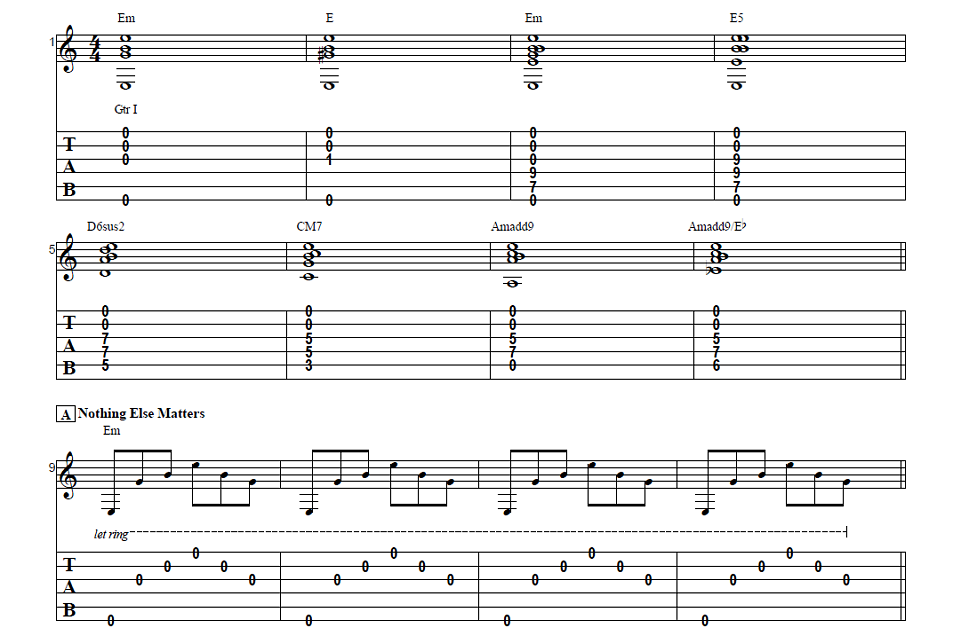Technique is the basic physical ability to
play notes on the guitar. Without at least a
basic technique, it is essentially impossible
to play any music at all on the guitar. If
you’ve been playing guitar for any amount of time,
you already posess a certain level of basic technique.
Ironically, technique (also called “chops”) is both
underemphasized and overemphasized.
Many modern “shredders” (players with a lot of chops)
overemphasize technique in that they mostly work on,
and develop the ability to play fast. For example, they can play
fast through a scale pattern. But playing through a scale at a
fast pace doesn’t necessarily mean you’ll be able to play a better solo.
What is the purpose and role of technique? If your goal is to play from the heart,
then technique should be there to serve that purpose,
and nothing more. In other words, technique’s purpose is to
allow you to play the notes that you hear in your
head, without stumbling.
There is nothing wrong with those shredders who have built speed.
But I feel that many of them overemphasize technique and do
not go far enough to develop real feeling on the guitar.
They can start to believe that great chops means great playing
when it is only part of the equation. There is also the tendency
to overplay – both in terms of playing fast too much, and also
developing musical ideas that are technically impressive rather than
emotionally deep.
On the other side of the spectrum, many guitarists never develop
enough chops to play fast. Why not? They simply don’t have
a regimented, disciplined program to build technique.
There are all kinds of rationalizations guitarists have for this. Some of
them include:
“Technique is not that important.”
“Practicing technique just makes me sound like everyone else”
“Practicing technique is boring”
“My technique will automatically get better over time as I become
a more knowledgable musician.”
“Building technique is just mindless repetition. That’s easy so
I’ll worry about it later.”
“I don’t really want to play fast stuff anyway”
None of these are very good excuses not to practice technique.
Sure, if you just want to sit around strumming simple chords
and playing Neil Young songs or something, you
don’t need to learn to shred.
But if you want to become a great (or even just solid)
lead guitarist, you should spend time practicing your
technique in a disciplined manner.
In addition to being able to run through the scales quickly,
you need to work on your phrasing – this is another
aspect of technique. Specifically, bends and vibratros. Blues
prodigy Kenny Wayne Sheppard once said – “after you
get your basic skills down, work on your vibrato.”
If you are going for speed, the fastest way is to start
by alternate picking just a single note – see if you
can work that up to speed – perhaps 200 bpm or beyond.
Then start working on patterns on a single string with
a few different notes. Next go to 2 strings, and then
finally multiple strings. As your patterns get more complex,
you may need to slightly reduce the tempo.
This is the proven method used by shredding legends like Paul Gilbert.
2-time Guitar Idol finalist Silvio Gazquez breaks down his approach
to advanced lead guitar in his Virtuoso Guitar Secrets program.
Technique involves pushing your nervous system. Experts say you must push your
nervous system to a “90% excitation level” in order for new neural pathways to form.
This means you have to practice hard. However, you should never strain yourself or feel
pain.
There are software programs available to help you push your technique beyond what a
normal metronome can do. Finally, another secret is that endurance is a big part of technique.
Anyone can play a few notes fast – but can you keep it up in order
to play fast, clean runs and produce an entire solo? In addition to
having the practical benefit of just being able to play fast for
a longer period of time, working on your endurance will actually
make you play faster.
Think about it – if you can play something perfectly 10 times
in a row at a medium tempo, you can certainly play it
2 or 3 times at a faster pace.




